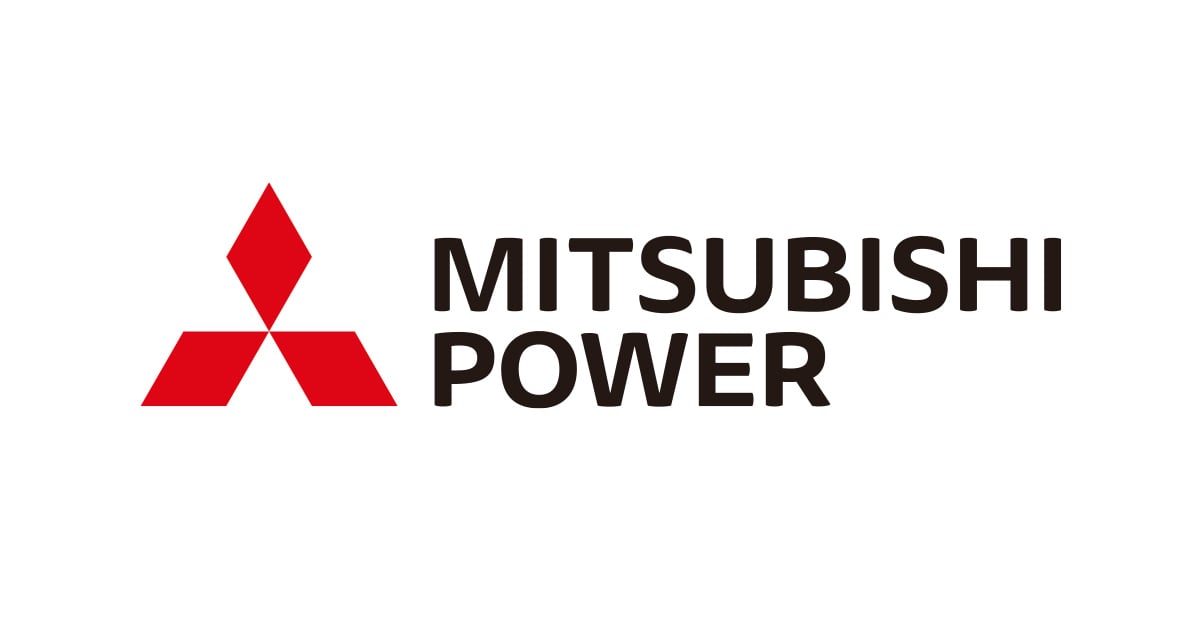Navigating the Hydrogen Landscape: IEA's Global Review and the US Energy Transition
Key Ideas
- IEA's Global Hydrogen Review 2024 highlights the slow progress in the energy transition towards net-zero by 2050, emphasizing the need for accelerated action.
- The US is set to introduce its first major hydrogen production market incentive in 2025, aiming to provide clarity and investment certainty for the clean hydrogen industry.
- Challenges like workforce shortages, infrastructure gaps, and insufficient incentives hinder the development and adoption of hydrogen, calling for a clear vision and commitment to a sustainable hydrogen future.
- The report emphasizes the importance of increasing demand-side incentives to boost hydrogen adoption, addressing the imbalance between supply-side and demand-side support in government policies.
The IEA's Global Hydrogen Review 2024 underscores the transformative potential of hydrogen as a clean energy carrier but warns about the slow pace of progress towards net-zero emissions by 2050. The report coincides with a crucial time in U.S. energy policy, highlighting the upcoming introduction of the country's first major hydrogen production market incentive in 2025.
Despite incentives such as the Inflation Reduction Act, challenges like workforce shortages, infrastructure gaps, and limited tax incentives continue to impede the widespread adoption of hydrogen. The demand for hydrogen remains concentrated in traditional sectors, hindering its expansion into new applications like heavy industry and long-distance transport.
On the production side, electrolyzer capacity is growing but costs are rising, posing a challenge to the competitiveness of green hydrogen compared to blue hydrogen. The slow-moving project pipeline further complicates the scaling of hydrogen production, necessitating an urgent focus on advancing existing projects.
To overcome these barriers, the industry needs to align incentives, address infrastructure gaps, and accelerate project development. By fostering a holistic approach that balances both supply-side and demand-side support, the potential of hydrogen as a key player in the transition to a sustainable energy future can be fully realized.
Topics
Policy
Green Hydrogen
Infrastructure
Energy Transition
Electrolysis
Project Development
Renewables
Industry
Tax Credits
Latest News
